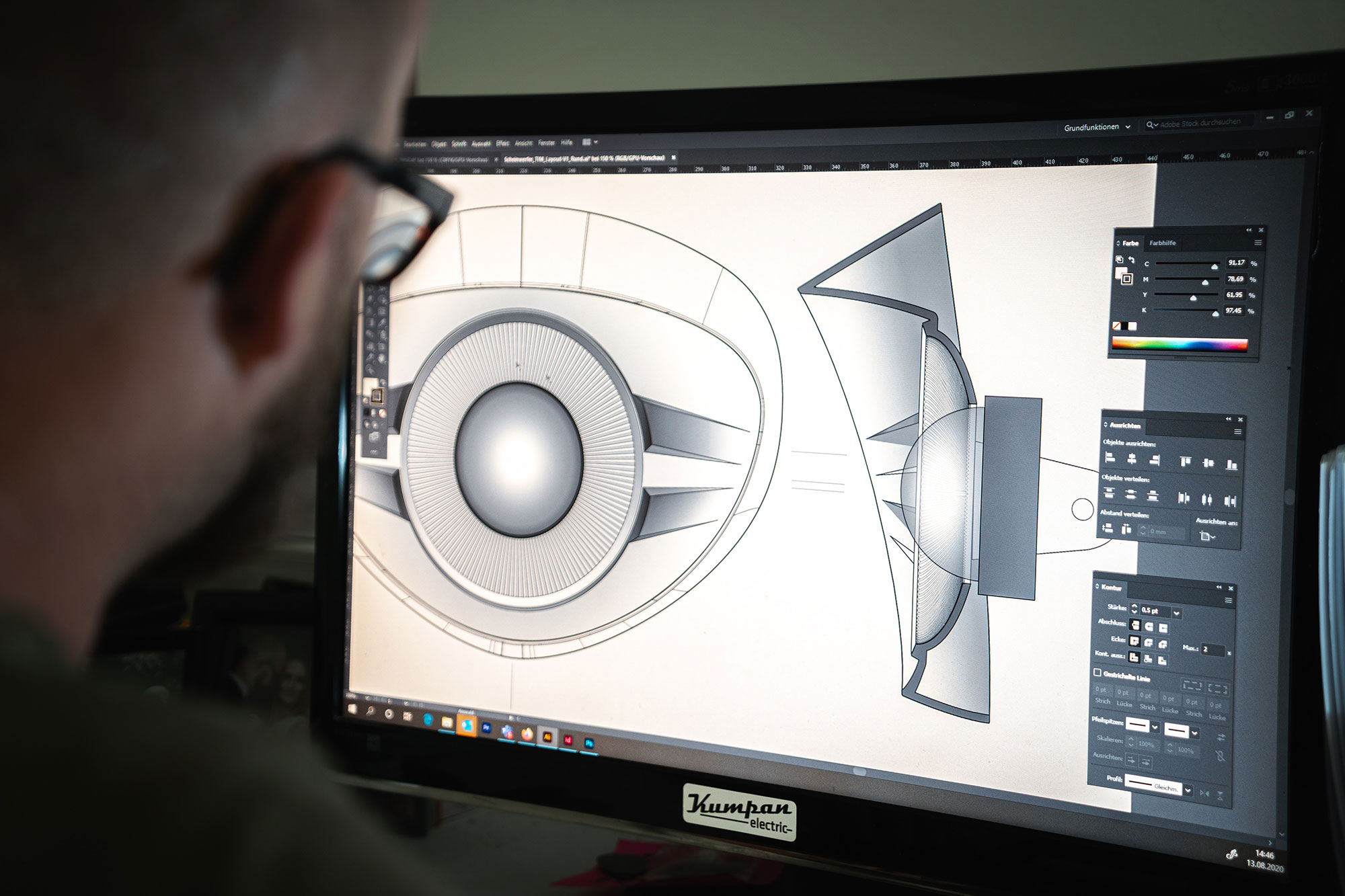The pandemic has impacted many areas, but it’s proven to be surprisingly innovative in the area of design and manufacturing. Many design teams who have begun to work remotely using VR have experienced greater efficiency and creativity compared to those teams working from a physical office. Product design and manufacturing have become more streamlined and effective with the help of VR, with notably reduced costs and time expenditure as a great advantage. We take a closer look at the benefits of VR to the industry and what it might mean for your design and manufacturing team.
VR has seen consistent advances in design software and hardware. This, coupled with the need to work remotely throughout the pandemic, has seen VR adopted as an attractive design tool. The ability to simulate environments makes VR the perfect tool for product designers, who can simulate contexts or environments that give them an idea of the customer experience and journey. This has great benefits for designers – it allows them to understand and anticipate potential obstacles in the customer experience, and to remedy those before a product is manufactured and launched on the market.
VR technology also helps designers turn their ideas into 3D models and prototypes. In the early stages of the design process, they can draft their sketches and explore them in a three-dimensional space. This cuts down on design time, as it means designers don’t need to worry as much about precision and accuracy – all they need to do is create a sketch and see where VR takes them.
When designs are ready to become a real, physical product, VR can assist in the manufacturing process. Manufacturing facilities are large and complex spaces, with a constant flow of processes and a need to stay on time and on target. Training, testing and maintenance are difficult to arrange, as they disrupt the process and can even cause hazards. VR training allows employees to learn in safe, risk-free environments in which they can practice procedures and operations over and over until they feel confident.
VR has numerous other uses within the industry. It can be used to plan a facility’s floor space for an assembly line or workshop, helping manufacturers be sure that all equipment is connected correctly, accessible and safe. It can also be used in prototyping and testing, especially if the product in question is a complex item requiring a detailed prototype which may need costly refinements. Virtual reality helps cut these costs by completely removing the need to build detailed physical models or order equipment. Products can be tested and inspected from every angle, are less expensive to produce and are easier to modify if you notice any flaws or defects in their safety or useability. VR product development and manufacture effectively reduce the time taken to transform a product from its initial design concept to a physical working model that’s ready to be launched on the market. More and more product design and manufacturing businesses are embracing the possibilities of VR – and you could be one of them. Get in touch with us at 3D Walkabout to learn how our VR services can be used to better your operations and productivity.
Summary: How vr is used to enhance product design and manufacturing.
During the pandemic, design teams working remotely with VR experienced heightened efficiency and creativity, surpassing those based in physical offices.
VR’s ability to simulate customer experiences and environments streamlines product design by helping designers anticipate and address potential issues, ultimately reducing costs and launch risks.
Designers can rapidly create 3D models and prototypes in VR, expediting the design process by eliminating precision concerns and fostering innovation.
VR facilitates efficient training, testing, and maintenance in complex manufacturing facilities, allowing employees to practice procedures in a safe, risk-free virtual environment, thereby enhancing overall efficiency and safety.
VR is leveraged for facility planning, prototyping, testing, and inspection, reducing the reliance on costly physical models and equipment orders, resulting in faster product development and market readiness.
FAQs
How can VR reduce costs in engineering?
In traditional design and development processes, engineers use 2D drawings or computer models to help them visualize a product before it’s built. This means that they have to rely on their imagination and memory to picture how the finished product will look and work. This often leads to mistakes being made and costly rework being required during production.
How can VR be used in product design?
When used in product design, VR can create a virtual prototype of the product that can be tested before the first physical prototype is ever built. This early testing can save companies time and money by finding potential flaws in their designs before investing time and money into physical prototypes that may not work as anticipated.
How can VR improve engineering instructions?
Virtual reality (VR) has the potential to transform engineering and manufacturing. The technology can be used to improve instructions for complex machinery and help people learn how to use new machines. Engineers often struggle with writing instructions that are clear, concise and understandable. With VR, manufacturers can create an immersive experience that simulates real-world conditions.
How is VR used in engineering?
Virtual Reality (VR) is a technology that allows engineers to see 3D models of a product before it’s even been built. This helps them test their designs, find errors, and make improvements before they’ve invested too much time or money into a project.


